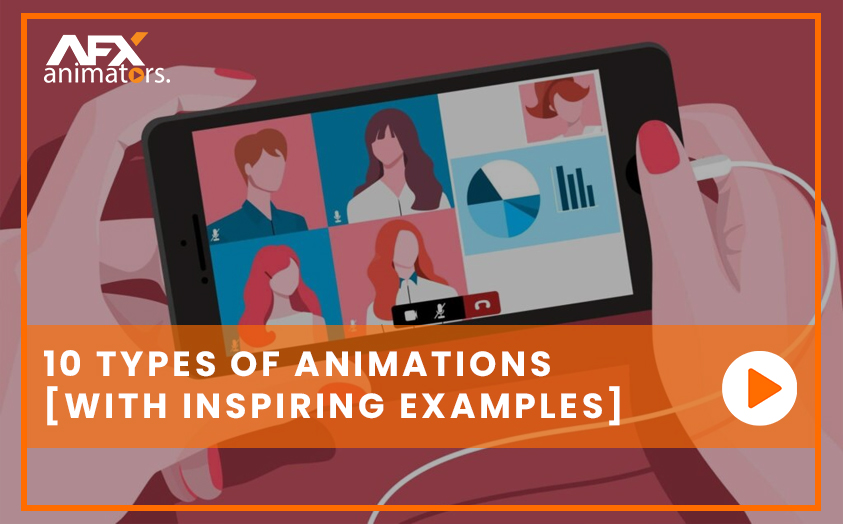The strength of animation is that it is not constrained by reality. It allows you to choose the most effective techniques to engage a crowd and transmit a message; your only restriction is your imagination.
This flexibility is what makes animation such a powerful tool for video marketing. It offers the adaptability to handle any assignment, whether it’s entertaining and shareable videos for social media or an educational movie demonstrating how a turbojet engine functions.
Nevertheless, there is a drawback to this artistic flexibility. How do you choose which animation to utilize when there are so many different animation types and styles available? This manual attempts to arm you with the knowledge you need to make wise choices.
What Is Animation?

Animation is a technique that involves photographing subsequent sketches, models, or even puppets to give the appearance of movement in a succession. The brain combines numerous moving images that appear in quick succession because our eyes can only hold a picture for about 1/10 of a second.
Animation comes in a variety of popular forms, such as 2D animation, 3D animation, motion graphics, illustration, stop motion animation, and more. In general, 2D animation will be the least expensive all types of animation because it requires less time and work than 3D or stops motion animation.
Few Tips!
The following advice will help you choose the appropriate sort of animation for your video animation company when you set out to make one.
- Think about your brand: Each of these forms of animation has a distinct vibe, so think about whether the different types of animation styles you select are a good fit for your brand. A stop motion or complex 2D animation movie can be appropriate for you, for instance, if your company has a solid artistic focus. In the meantime, a high-tech or scientific company can benefit from using a futuristic 3D design.
- Take into account your competition: If you want to stand out from your rivals, research what they’re doing and select an animation strategy that is distinct from (and superior to) theirs. Your ability to stand out from the competition can help you attract more clients’ attention and business.
- Take into account your financial situation: The costs of these various styles of animation vary. Whiteboard videos can be a more cost-effective alternative to stop-motion animations, which are visually amazing but frequently need a lot of resources. Before choosing a style, be sure to have a firm grasp of your budget. See our site on the subject to learn more about the prices associated with different types of animation videos.
History of Animation
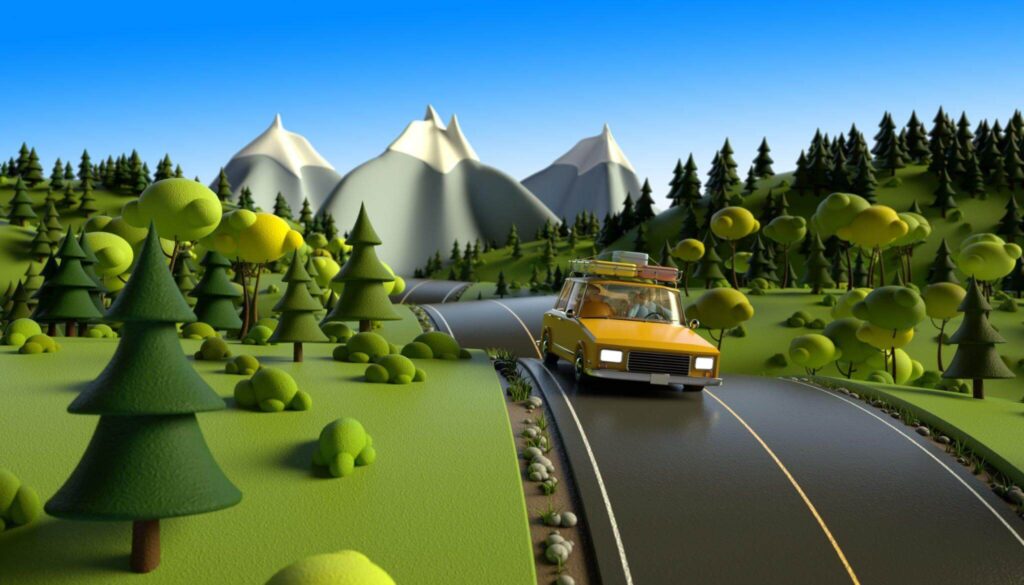
The idea of storytelling has been around for generations, yet it’s unknown when and when animation originally appeared.
The Year 1832
The art of conveying a story through motion dates back to at least 200 A.D. with shadow puppetry, and it was practiced until the invention of the magic lantern and the first genuine picture projector in the 1650s.
The first widely used animation device was created in 1832, however, with the invention of Joseph Plateau’s Phénakisticope. It produced an illusion of fluid motion by applying the persistence of the vision principle. Persistence of vision is the term for the mental process wherein several images combine to form a single moving image.
The Year 1834
By embedding the drawings inside of a rotating drum, William George Horner developed a projector for moving pictures in 1834. One of the most important discoveries that gave rise to film projection was this. While Pierre Desvignes, a French inventor, titled his version of Horner’s Daedatelum, or “wheel of the devil,” after the Greek phrase for “things that turn,” or the Zoetrope. Horner had initially given it the name Daedatelum.
The Year 1900
Just like in the past, the future has been paved by these innovations. One of the first to employ the stop motion animation technique was James Stuart Blackton, known as the Father of American Animation, who produced the first animation in America in 1900. He employed several images to produce the illusion in his piece, “The Enchanted Drawing,” which was titled. His style gained a lot of traction quickly, and in 1906 he published Hilarious Phases of Funny Faces, another piece of artwork. Here, he employed sketches that were recorded on film at a frame rate of 20.
The Year 1908
Over the decade, animation developed, with Fantasmagorie (1908), a two-minute stick figure animation by French cartoonist Émile Cohl, emerging as one of the earliest cartoons. Winsor McCay’s Gertie the Dinosaur revolutionized the field of animation and established the bar for all subsequent animation production in 1914 by employing strategies like keyframing, inbetweeners, and animation loops for the first time in an animated picture. The first short animated film with a complete score debuted with Walt Disney’s Steamboat Willie (1928), which popularised Mickey Mouse and the use of sound in animated movies.
The Year 1928
Yet, Walt Disney’s 1928 creation of Mickey Mouse was the one that gained a tonne of popularity. The first sound-enhanced animated film was 1928’s Steamboat Willie, starring Mickey Mouse.
The Year 1937
Now that the geniuses had taken the initiative and created what is now animation, there was no stopping them. Snow White and the Seven Dwarfs, the first motion picture to be totally hand-drawn, was published in 1937. Disney’s solid industry basis and the development of 2D animation were both facilitated by this feature.
The Year 1960
It quickly progressed to Wallace and Gromit: The Curse of the Were-stop Rabbit’s motion animation and Jason and the Argonauts’ lengthy skeleton fight scene, both of which were highly influential. A cultural revolution in the 1960s pushed for the inclusion of adult audiences in the use of animation. So, Fritz the Cat (1972), a film based on the creations of renowned comic book creator Robert Crumb, was released. It earned the moniker “X-rated cartoon film” in the public eye.
The Year 1900s
A tool for animation, computers soon became widely accessible. Hand-drawn animation was beginning to be replaced by computer-generated imagery (CGI) in the 1990s. In 1995, Toy Story, the first film made entirely using computer graphics, was produced, and the rest is history. Toy Story is a popular film.
Read more: History of animation
10 Different Styles Of Animation
We’ll examine the most typical techniques for creating animated marketing videos while also taking a closer look at some of the less well-known trends that are available:
Conventional Animation
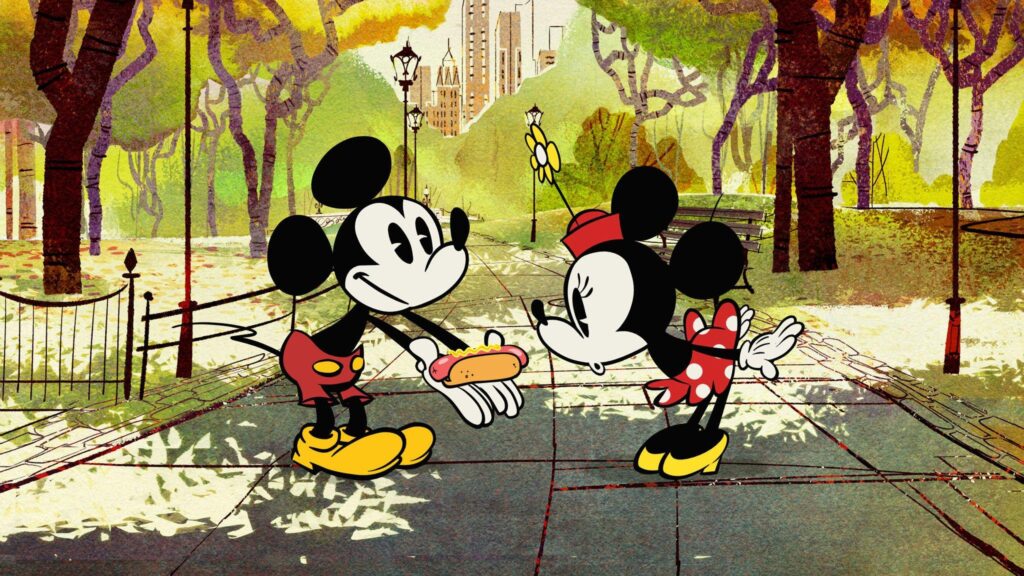
The earliest animation type is traditional animation, commonly referred to as cel animation. Each frame is painstakingly hand-drawn in a conventional manner on paper, which is then reproduced or retraced onto transparent acetate sheets known as cels. A painted cel is captured individually to create an animated scene.
Walt Disney Animation Studios used this kind of animation regularly when creating many of their early movies, such as The Lion King (1994), Sleeping Beauty (1959), and Cinderella (1950). For artists who prefer using traditional media, particularly paint and colored pencils, a traditional animation is an excellent option. Yet, to get the greatest results, a lot of attention to detail is needed throughout the lengthy procedure.
2D Animation
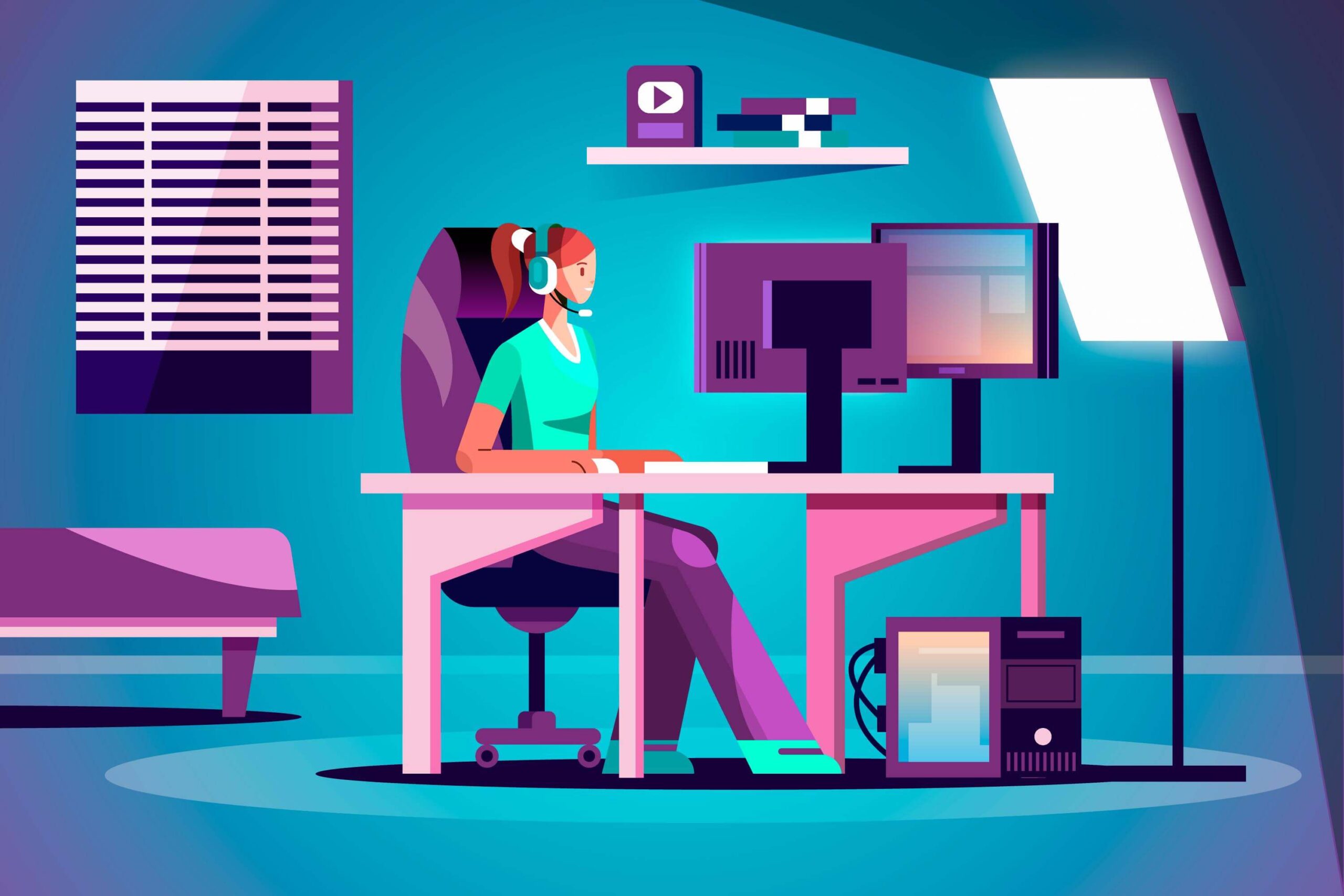
What is 2d animation? Traditional animation, which includes the majority of early Disney films like Pinocchio, Beauty, and the Beast, etc., can consist of 2D animation. Yet, a type of animation known as vector-based animation is 2D without being conventional. Vector-based allows for the motion in this scenario to be managed by vectors instead of pixels. What on earth does that mean, then?
Pictures in common file types like JPG, GIF, and BMP are pixels. There is no way to enlarge or reduce these photographs without losing visual quality. Resolution is unimportant for vector drawings. Pathways with numerous start and end locations and lines linking them to form the graphic are characteristics of vectors. Characters or other types of images can be formed using shapes. This is an illustration.
Animation that is based on mathematical values resizes images with a smooth motion. These creations can be reused, saving the animator from having to sketch the same characters repeatedly. These vectors are movable and can be animated in this fashion.
For different types of animators who aren’t the best drawers, this is also beneficial. These folks do exist.
3D Animation
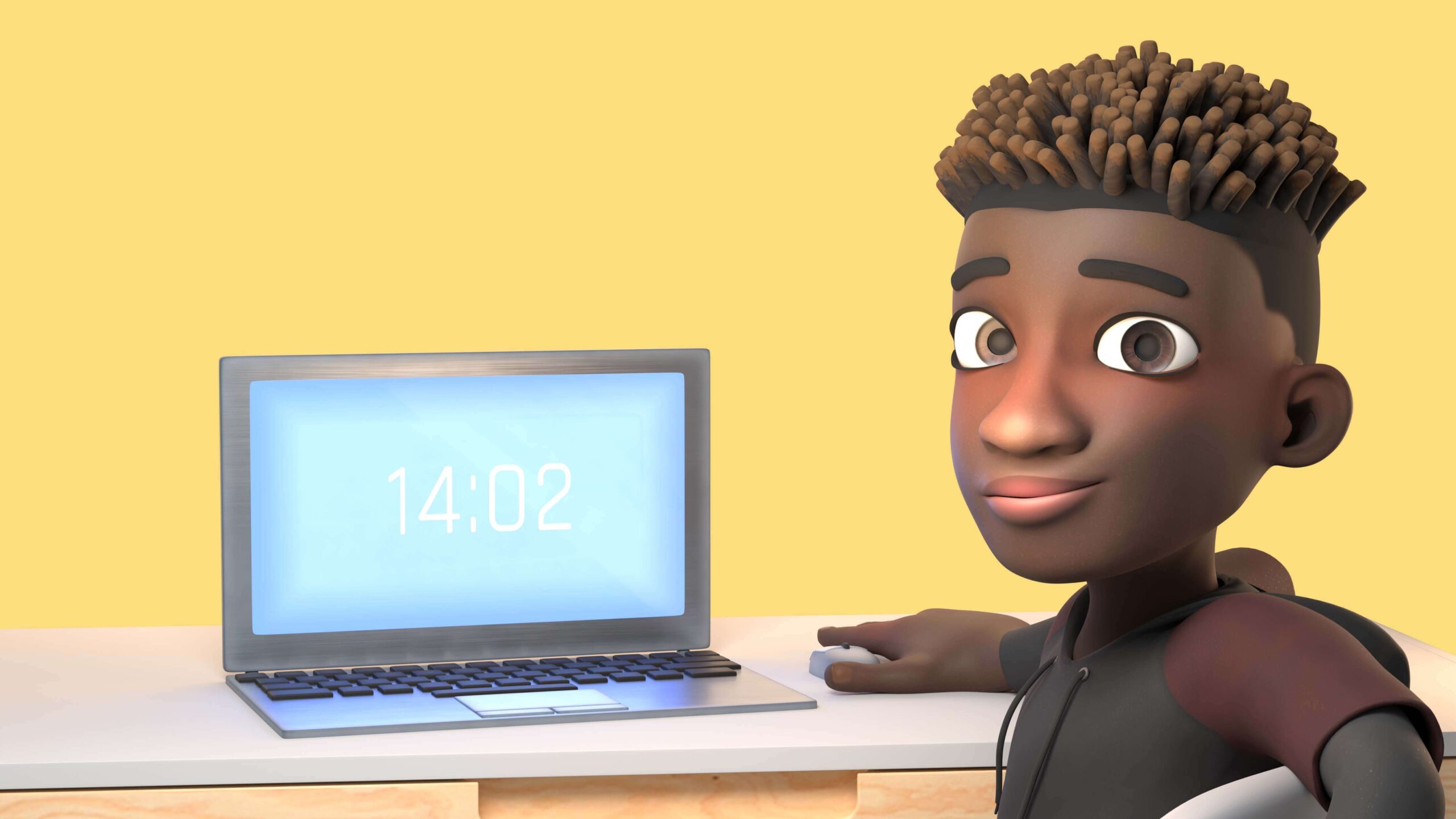
The most prevalent type of animation today is 3D or computer-generated. But, it isn’t necessarily simpler merely because computers have taken the place of actual drawings. The computer is but one tool among many, and 3D animations is still a labor-intensive, drawn-out process.
To move the character’s bodily parts around in 3D animated films, the animator needs a program. After each component of the character is properly positioned, they set their digital frames. The computer then calculates the motion from each frame as a result of them doing this for each frame.
The contours and motions of animated characters are adjusted and refined throughout time. The 3D animation approach has taken over the animated film industry since Toy Story debuted in 1995 and is now largely used in Coco.
Another distinctive feature of 3D animation service is that, unlike 2D or other conventional techniques, the character’s full body is constantly visible. In a 2D animation company, if a character rotates to the side, the animator simply needs to depict the character’s side profile; however, in 3D, the complete body must still be shown. Hence, even if computers are used, there are a lot more considerations that come with modern technology.
Animators and filmmakers equally use storyboards to plot out each frame, whether they’re sketching in 2D or computing in 3D. Animation films, unlike live-action films, cannot rely on camera techniques in a shot. The lifeline for making animation is the storyboard. The storyboard tool in StudioBinder is where the storyboards for Disney’s beloved animated film Aladdin are displayed here.
Read more: What is 3D animation
Stop-Motion Animation
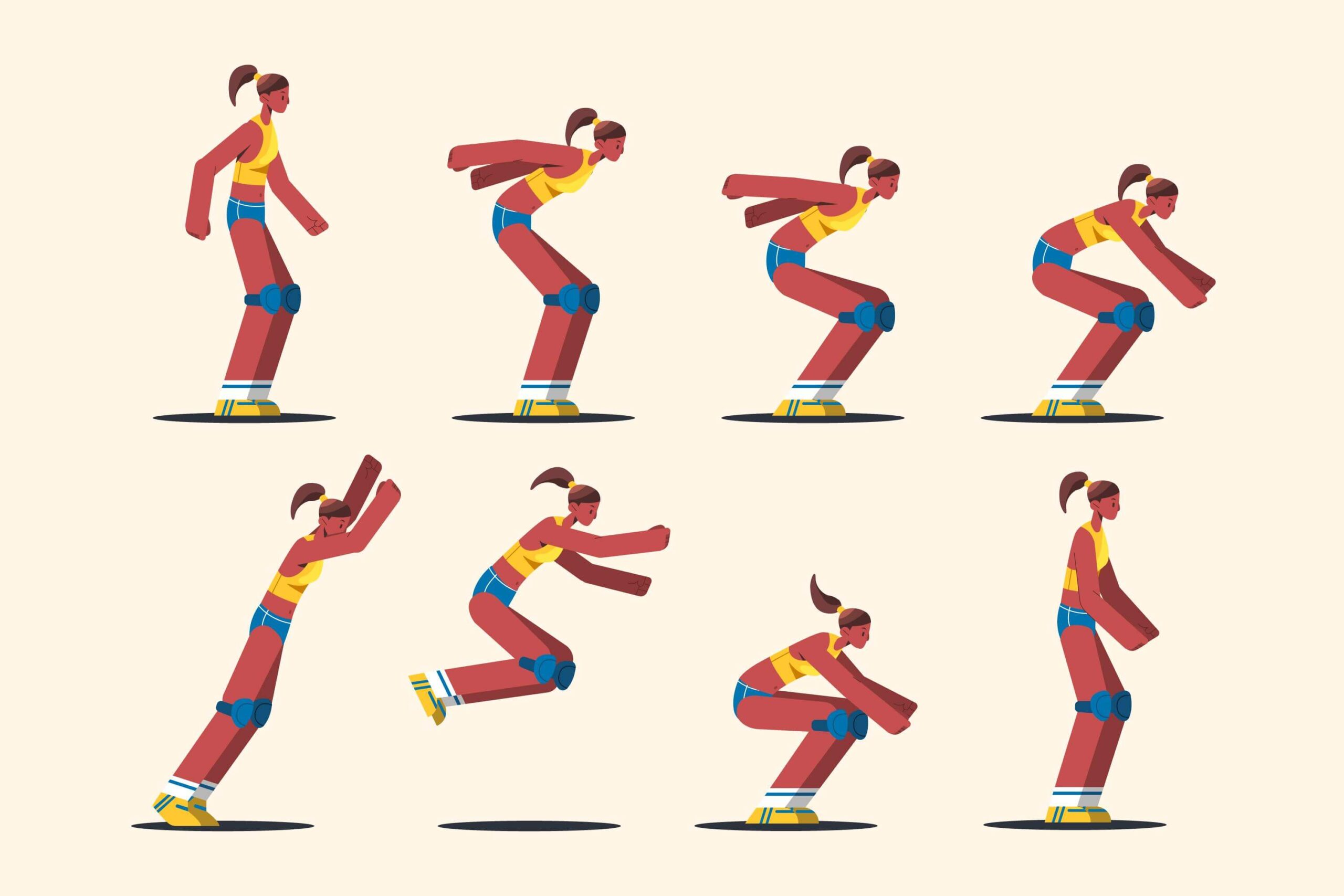
Using real objects or props that are moved in between each frame, stop motion animation is a technique that can be accomplished. A movement illusion is created when the image sequence is played again quickly. Stop-motion animation frequently employs clay figures or puppets with movable joints. Plasticine is a great material choice because it is flexible and simple to work with to replicate various movements and facial expressions.
Stop motion was frequently employed in live-action movies for spectacular effects, but less so now that 3D animation technology has advanced. Tim Burton and Henry Selick are two examples of the many directors that still use stop motion extensively in their work. Aardman Animations is renowned for using stop motion to create several well-known characters, including Wallace and Gromit, and Morph.
Motion Graphics
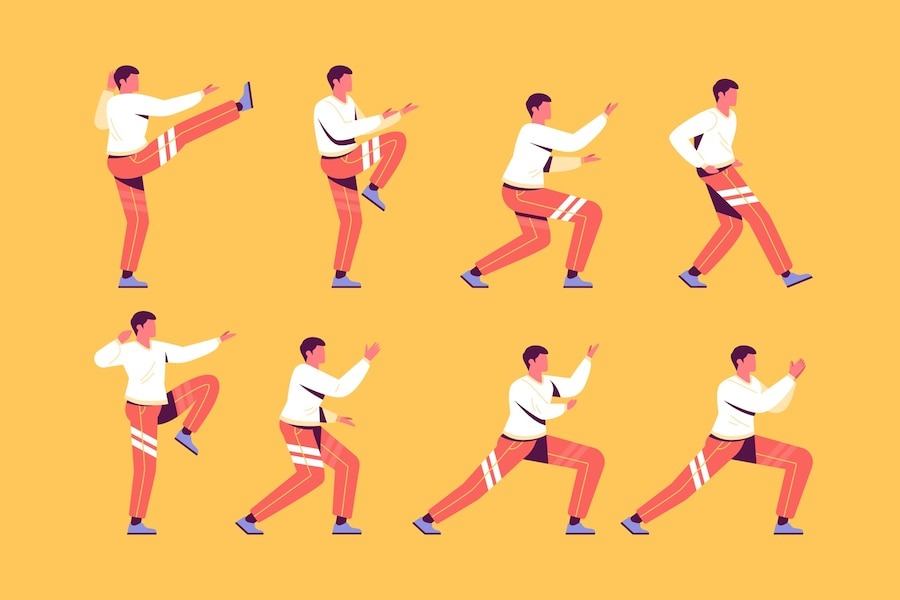
Motion graphics is the name for a type of animation that heavily relies on text to convey a message. The goal in this case is to make a statement by adding movement to specific graphic design elements that would otherwise be static. A potent visual show can be effectively created using moving shapes, objects, and text. If you need to highlight some information or explain complex ideas in a way that viewers can understand, this type of animation can be very helpful.
Motion graphics can be utilized to create logos, social media applications, and digital marketing tactics in addition to video titles. A fantastic illustration of this approach and how components like sound, motion, and graphic design can work together to produce impact is the Psycho title sequence from Hitchcock’s 1960 blockbuster movie.
Read More: What is motion graphics
Rotoscope Animation
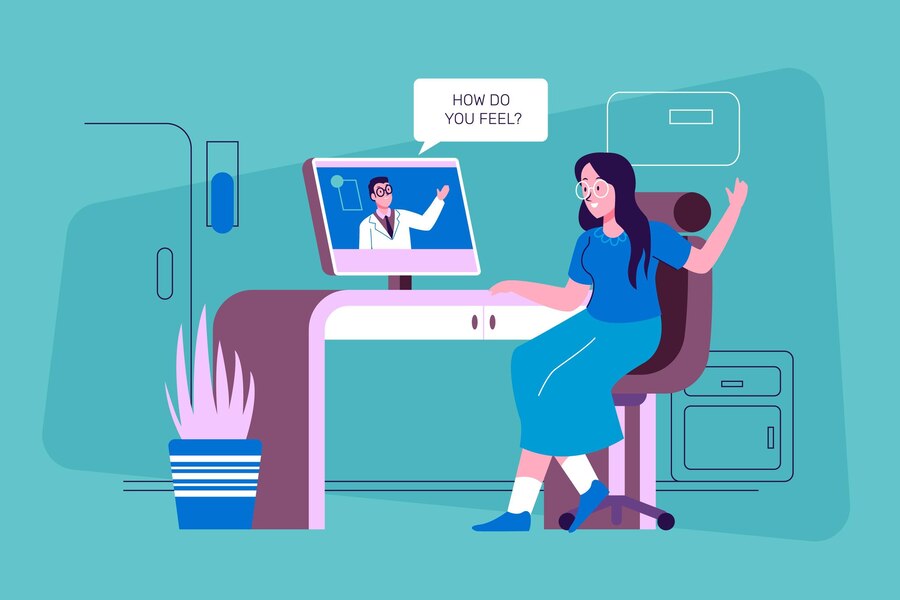
At the beginning of the animation, this method was developed. Naturalistic animations are produced by tracing human movements from movie frames. In 1937, Disney’s Snow White and the Seven Dwarfs used this technique to create the characters’ flowing movements.
The striking appearance of the science fiction film A Scanner Darkly from 2006 also benefited from its utilization. It’s a method that still has a strong visual impact, capturing the kind of natural movements that would require days to construct from scratch.
The “tracing” technique can now be automated using digital technologies, with movements from video footage being automatically tagged and converted into animations. This technique allows for the creation of 2D sequences that appear to be in 3D.
Read More: What is rotoscope animation
Animated Cutouts
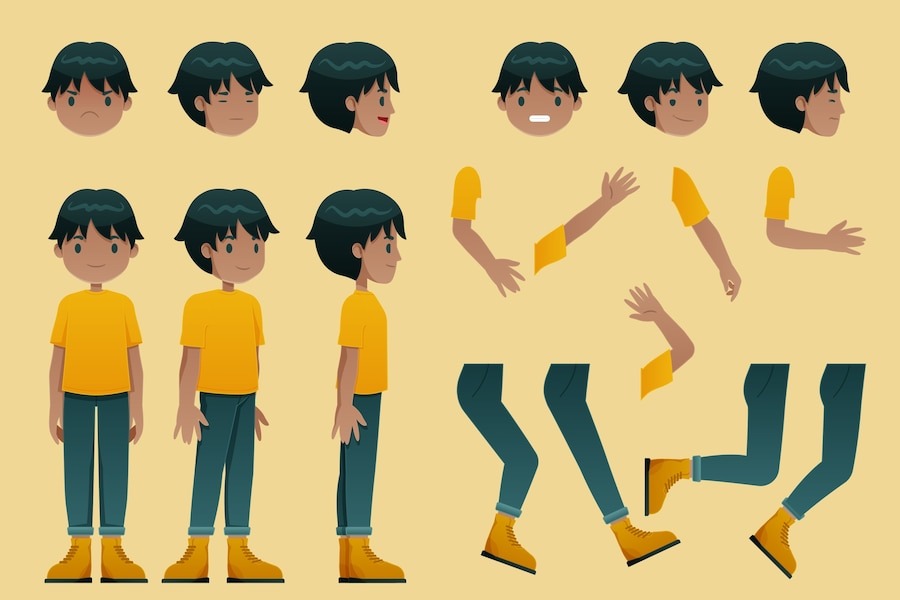
The most famous application of this strategy is undoubtedly South Park. The pilot episode was developed by Trey Parker and Matt Stone utilizing paper cutouts for the backdrops and characters, which they then animated with a stop-motion camera.
It’s a look that was popular for kid’s television because it gave the impression that a fairytale had come to life. South Park still retains the same aesthetic, but it was all generated digitally rather than using paper, scissors, and patience as it was in the past.
It makes characterful animations quick and easy to make by turning paper cutouts into digital versions. This method is frequently used in explainer videos and narrative-based marketing videos, which call for straightforward character animations.
Read more: What is cut out animation
Whiteboard Animation
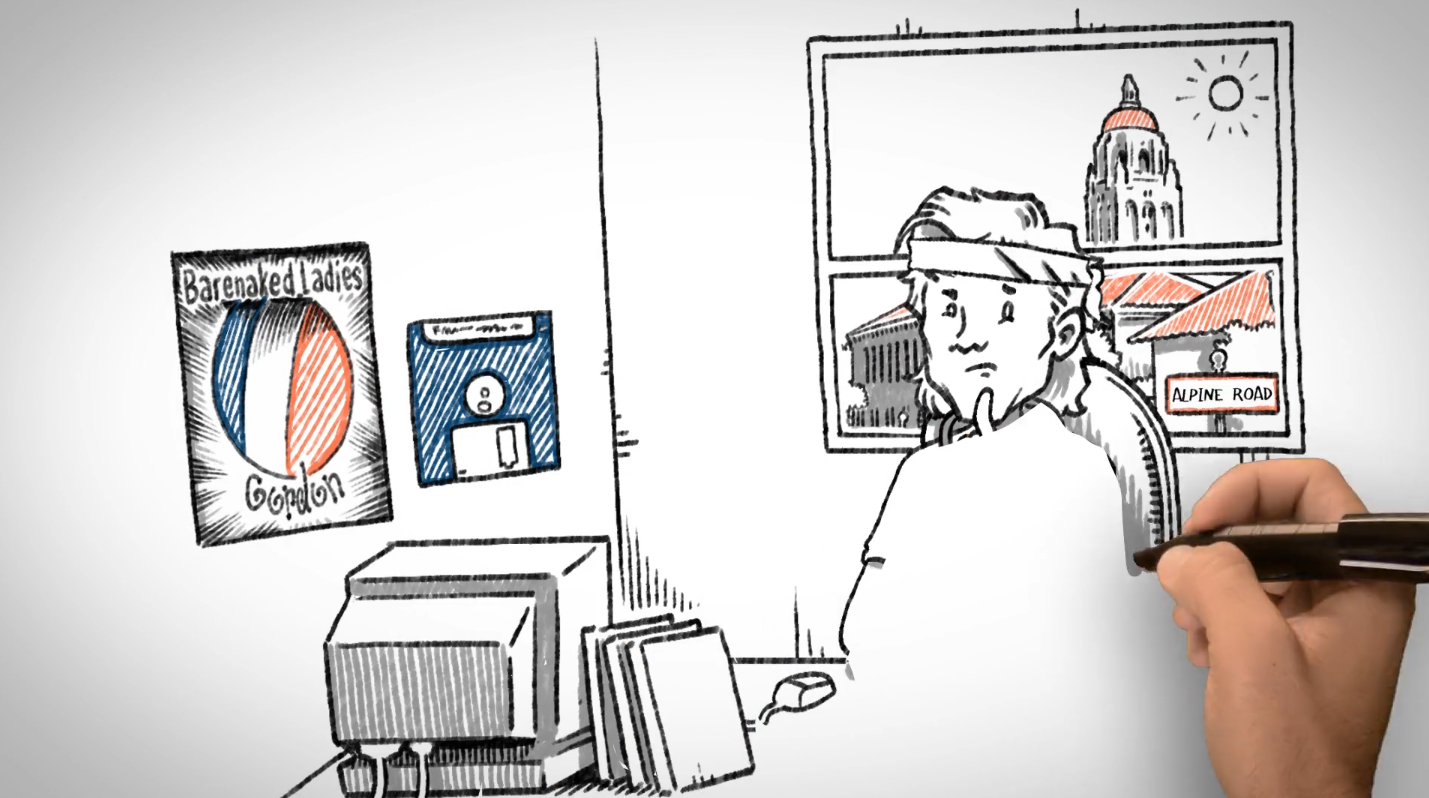
You’ll have a hard time choosing a favorite from the different types of animations. Yet if I had to choose a favorite style, this would probably be it after much thought.
An illustrator physically creates the animation on a whiteboard or other surface using pens and markers. This is known as “whiteboard animation.” Since YouTube was introduced in 2005, this type of animation quickly gained popularity. Brands have been drawn to this time-honored strategy ever since they first discovered how whiteboard animation allowed spectators to watch the story come to life before their very eyes. Check out the films we’ve included below for three excellent examples of how whiteboard animation can be used to both entertain an audience and communicate a story.
In its most basic form, whiteboard animation is the method by which the animator captures themselves drawing an illustrated story on a whiteboard using marker pens – or any closely related variation. Instead of simple music, the animation is frequently accompanied by a spoken narrative. If you want to make explainer videos, this is the finest sort of animation to use.
You don’t even have to videotape yourself in great detail to create whiteboard animation. Instead, you can use Visme’s explainer video service templates to build an interactive design.
Typography Animation
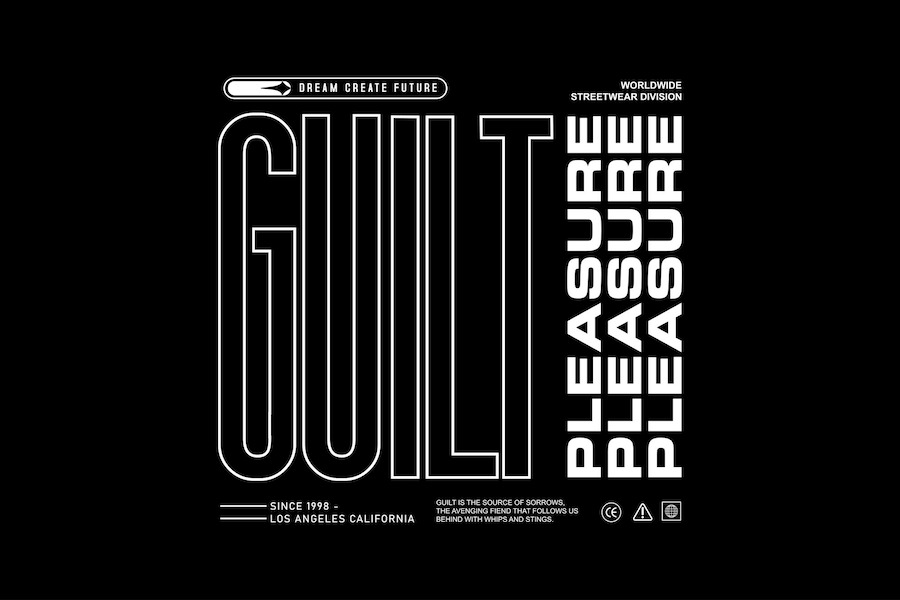
Animation of type has grown in popularity to give screens life and energy. In its simplest form, it refers to the animation of text and data, typically (though not always) in time with voiceover. It may be used for anything from corporate presentations to music videos and has a generally simple design.
The capacity to quickly convey a message without the use of intricate images is one of typography animation’s greatest advantages. If done effectively, a simple text animation can be very effective; yet, if done poorly, it may come out as corny or unprofessional.
Always count on Apple to deliver excellent work. Typography animation, on the other hand, is not without flaws. It’s challenging to use it as a kind of extended narrative because it typically only has room to convey a single message and might be visually monotonous. Short and to-the-point animations work best for typography. However, it is constrained in its storytelling potential because characters cannot be created or taken on adventures, and it lacks realistic images and precise details that are achievable with other types of animation.
Ultimately, font animation offers a distinctive method to breathe life and vitality into your work without the need for intricate images or protracted plotlines. Even though it might not be the greatest option for all kinds of animation, it is nonetheless a useful tool and can be effectively applied in the correct situations.
Read more: What is kinetic typography
Live Animation
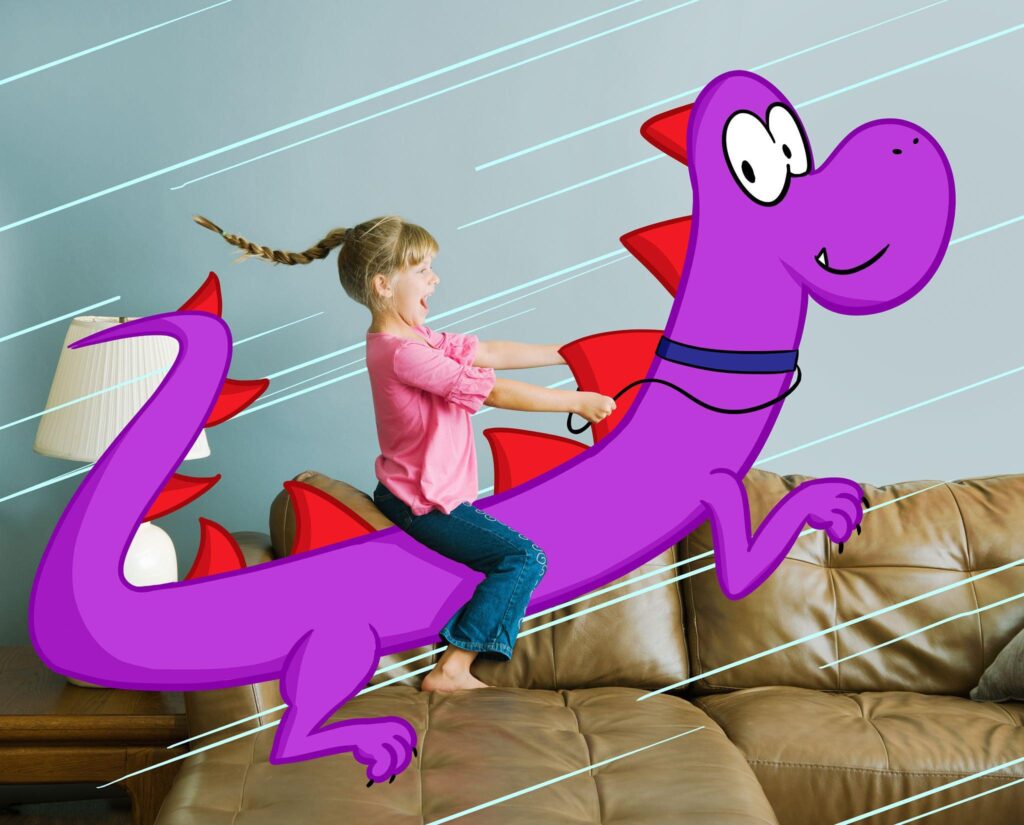
The real-world film is combined with digital visuals in this. Adding a floating label to an item or utilizing animated arrows and markers to clarify what is observed in the real-world film are two examples of how to do this. The motion-tracking features of contemporary video editing tools have simplified this method.
In other words, graphical elements can be coupled to on-screen visuals, and those graphic elements will move with the camera. It opens up a vast array of inventive strategies that can be applied by eliminating the need to manually track the movements.
Digital and physical components can seamlessly coexist with the right utilization. Infographic data can be made more engaging or used to illustrate how a product functions graphically by being integrated into a real-world situation.
How Can You Decide Which Format To Use?

It might be a little daunting with so many potential applications for animation in terms of connecting and communicating. Working with a professional agency has the advantage of giving you access to a team with the know-how and expertise to discover the most effective ways to express what you want.
Starting with a brief that outlines the point you want to make and the outcome you hope for. The brief will also specify the agency’s required spending limit and timeline.
The creative team will utilize the data to recommend the best designs and formats. Based on what will be most creatively effective and taking into account what can be accomplished within the constraints of time and money, this will be done.
To convey a sense of what the finished work will look like, mood boards and storyboards will be used. Before the production process begins and the animations are produced, it’s a collaborative process that makes sure both parties are satisfied.
Final Words
To put it mildly, the animation industry is incredibly diverse. The ten styles we’ve listed here are just the beginning; by combining these styles, you can create even more variations. Which ones pique your interest? Tell us what different types of animation are your favorites!


